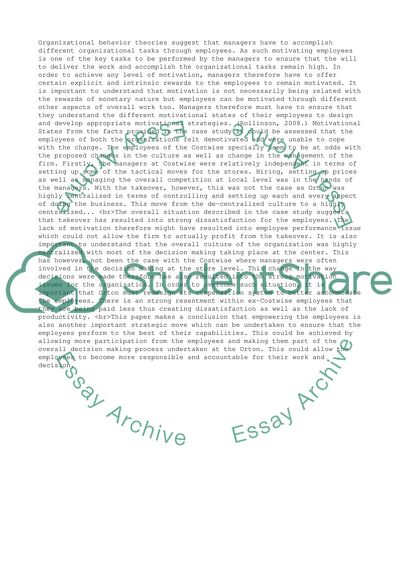Cite this document
(“Organisational Behaviour Assignment Example | Topics and Well Written Essays - 2500 words”, n.d.)
Retrieved de https://studentshare.org/management/1392682-organisational-behaviour
Retrieved de https://studentshare.org/management/1392682-organisational-behaviour
(Organisational Behaviour Assignment Example | Topics and Well Written Essays - 2500 Words)
https://studentshare.org/management/1392682-organisational-behaviour.
https://studentshare.org/management/1392682-organisational-behaviour.
“Organisational Behaviour Assignment Example | Topics and Well Written Essays - 2500 Words”, n.d. https://studentshare.org/management/1392682-organisational-behaviour.


